CHEAT SHEET: PHYSICAL AND CHEMICAL SUNSCREENS
An important announcement for your face: there are two types of sunscreens – physical and chemical.
This is powerful knowledge, people, because there are a staggering number of you buying sunscreen willy nilly not realising you have OPTIONS (besides what SPF coverage you’re getting). And the number is really quite ridiculous when you think about it — all those people wearing sunscreen daily, or not, because they’ve had a bad experience with all but one type of sunscreen…
So, what’s the difference? Do you need a calculator for this? How long will it take? See below. Nope. A few minutes.
Here’s the info you seek:
PHYSICAL SUNSCREENS
A.K.A BLOCKERS – these use natural, mineral filters to reflect UV rays.
Key active ingredients: Titanium Dioxide and Zinc Oxide.
PROS:
- Sits on top of the skin and starts working immediately; this is the last step in your skincare routine.
- Typically has a longer shelf life.
- Is better for sensitive skin types, including rosacea (hold the titanium dioxide if it’s still irritating).
CONS:
- Less resistant to sweat and water.
- Must be applied frequently.
- Has a thick, opaque texture and tends to leave a ‘white cast’.
We recommend:
For dry/combination skin: The Jojoba Company Moisturising Protective Day Cream SPF15
For normal/oily skin: Invisible Zinc Facial Moisturiser SPF 30+
CHEMICAL SUNSCREENS
A.K.A ABSORBERS – these use man-made, chemical filters to mop up UV rays, sometimes scattering them.
Key active ingredients: Avobenzone, Helioplex, Homosalate, Octylcrylene, Octisalate, and Oxybenzone.
PROS:
- Ability to offer greater SPF coverage.
- Leaves an invisible, odourless finish and often has a fluid texture that’s easy to apply and blend.
- More resistant to water and sweat – it’s the best thing for beach days.
CONS:
- Should be applied to clean face 20 minutes before heading outdoors; it’s the first-step in your skincare routine.
- May be irritating to eyes and sensitive skin.
- The long-term safety of chemical UV filters has come under question. Some are concerned that extended use actually causes free radical damage, while others are worried about potential hormonal side effects . We’d steer clear of oxybenzone, which research says is definitely harming our coral reefs.
We recommend:
For dry skin: Mecca Cosmetica To Save Face SuperSunscreen SPF50+
For normal/oily skin: Ultraceuticals SunActive SPF50+
For oily/combination skin: La Roche-Posay Anthelios XL SPF 50+ ULTRA-LIGHT
WHY NOT USE BOTH?
“Por qué no los dos?” Much like the soft /hard shell taco dilemma, the physical vs chemical debate can be solved by using both – chemical first, then physical to top off. A lot of market sunscreens even feature both elements in one. Use these and there’s no telling what kind of Benjamin Button-type results it could have.
We recommend:
For normal skin: Olay Complete Defence Daily UV Moisturising Lotion SPF 30+
For combination/oily skin: Clinique Super City Block SPF 30+
Have you been using physical or chemical sunscreen? Both?
Have you been sunscreening your eyes and lips, too?
Tell us, what’s your favourite SPF?
[responsive imageid=’16543′ size1=’0′ size2=’641′ size3=’1024′]





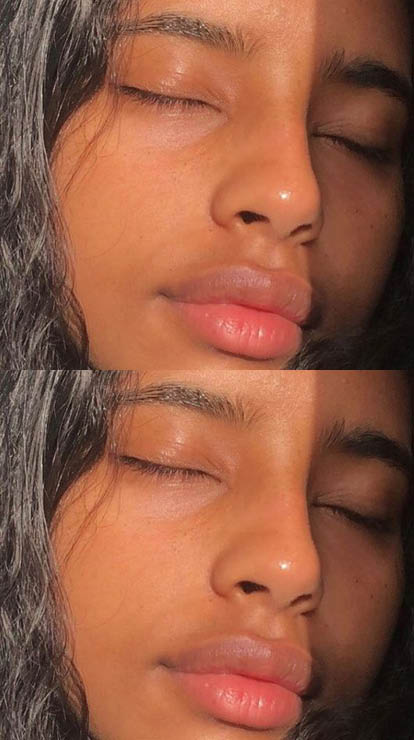
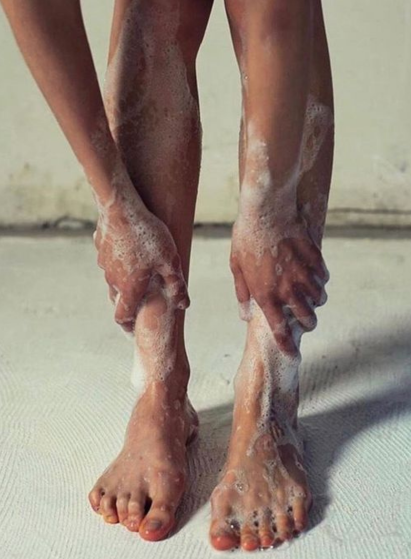

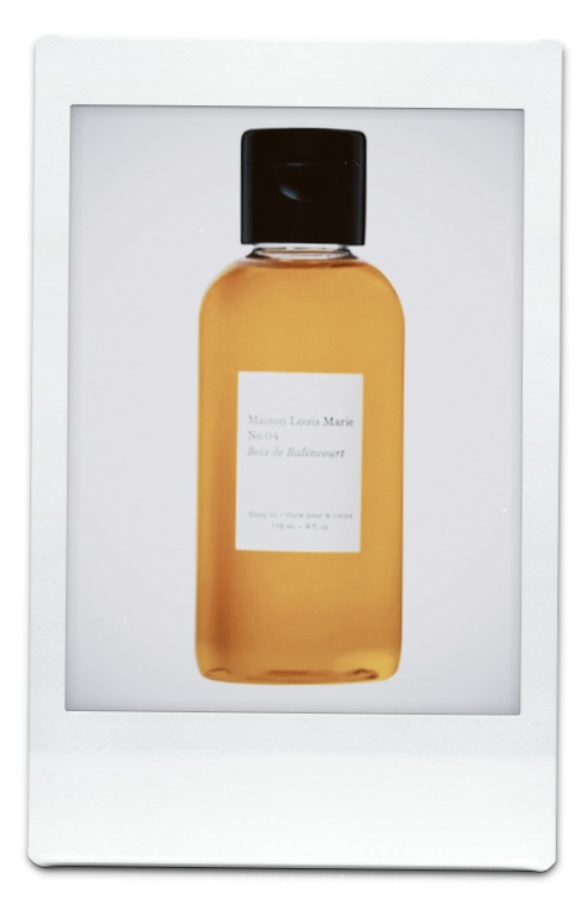


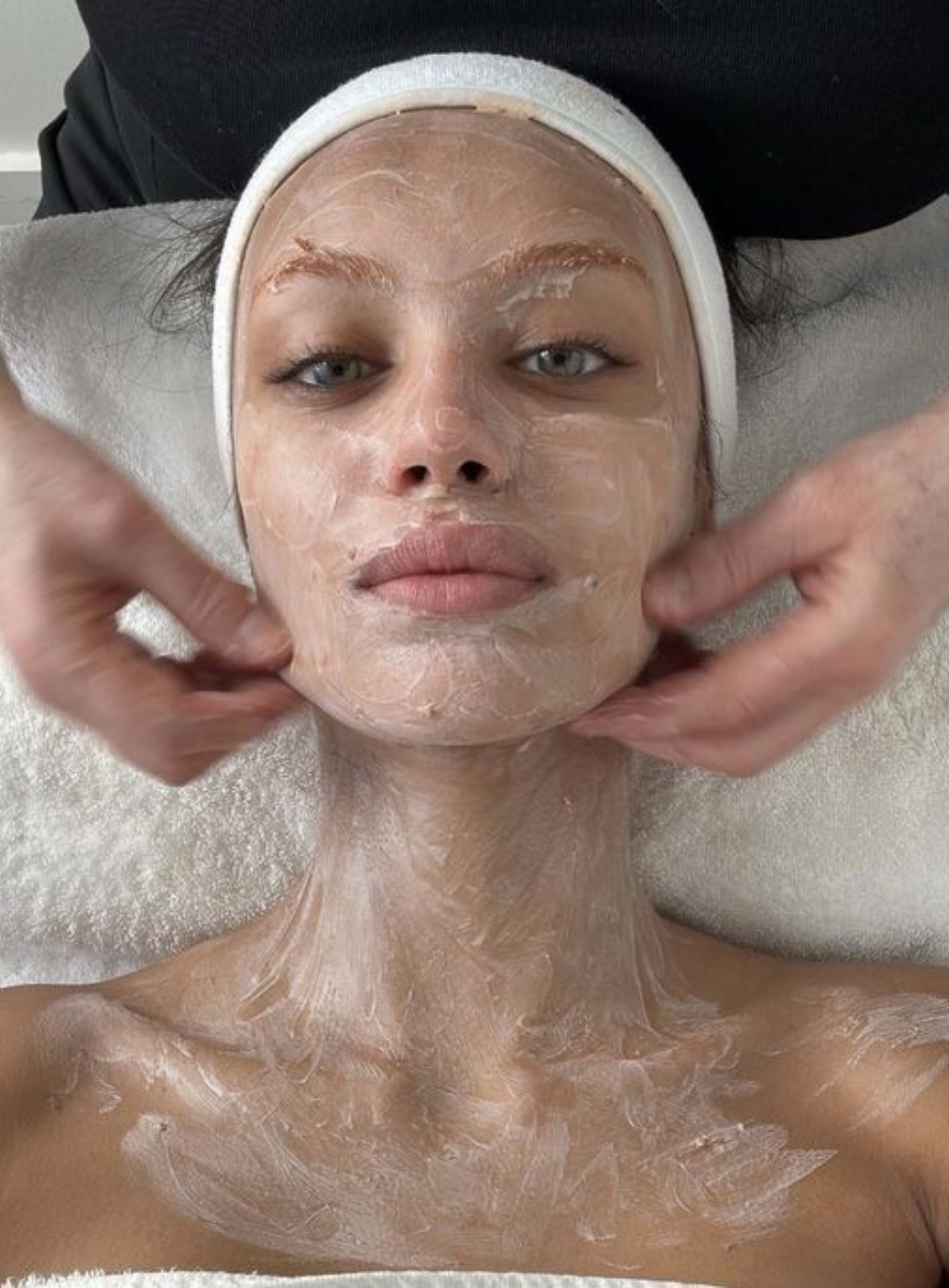
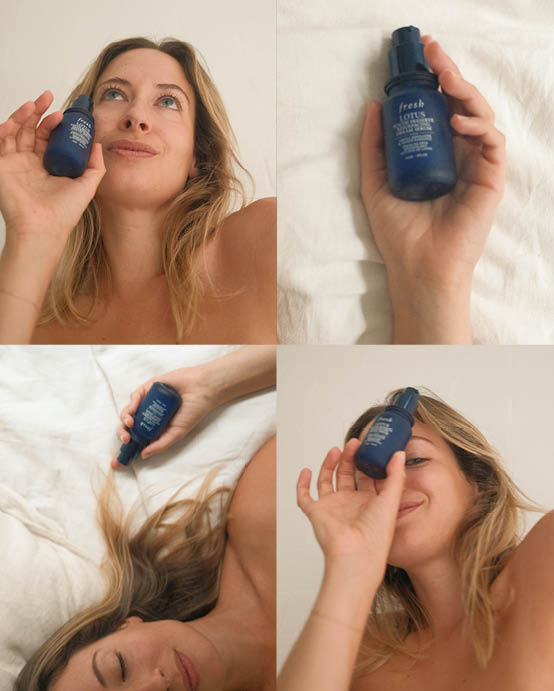
Comments